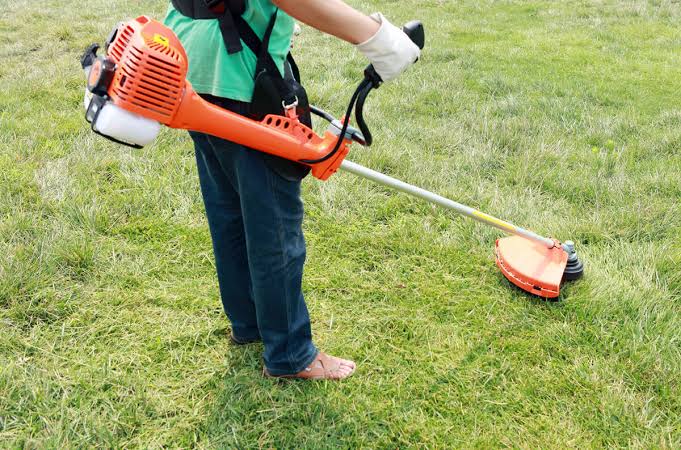Keys to Ensuring a High-Quality Brush Cutter

When investing in a brush cutter, it’s crucial to prioritize structural strength and component quality to withstand the job demands. Opting for a heavy-duty, top-notch mower ensures efficient clearance of dense brush, swift tree removal, and long-lasting performance.
Spindle Quality
The spindle, or bearing housing, is a pivotal performance component. Opt for an excavator brush cutter with a robust spindle, preferably forged for maximum strength. Inquire about the spindle material, diameter, and origin to ensure quality. Proper maintenance with lubrication is vital to prolong the spindle lifespan.
Replaceable Skid Shoes
Skid shoes provide protection and extend the mower deck’s durability, enabling smoother navigation over uneven terrain and preventing ground damage.
Mower Deck Support
Examine the steel reinforcements on and under the mower deck, as it serves as the mower’s support structure. Reinforced construction with high-grade steel and cross members enhances durability and withstands the forces exerted during operation.
Heavy-Duty Flywheel
A substantial flywheel is essential for handling large debris effectively. Opt for a heavier flywheel to maintain performance and ensure a clean, precise cut. A circular flywheel reduces the risk of damage to motor components by bouncing off stumps.
Reinforced Push Bar
A robust push bar is necessary for clearing obstacles effectively without compromising deck integrity or risking tree rebounds toward the skid steer.
Brush Cutter Blade Design
Consider the blade type (updraft or flat) based on cutting requirements. Blade thickness and cutting surface length are critical factors influencing efficiency and longevity. Ease of blade replacement and associated costs should also be evaluated.
Powder Coating
Quality powder coating enhances the cutter’s longevity, offering resistance against fading, rust, and scratches, thus maximizing investment value.
Safety Features
Look for safety features like dynamic braking to halt the flywheel promptly, reducing potential hazards. Additionally, ensure the cutter’s deck remains below the cab door level to minimize flying debris and protect operators.
Hydraulic Pressure Relief Valves
Pressure relief valves safeguard the motor and hydraulic system from damage caused by pressure spikes during operation, ensuring longevity and reliability.
Safety Tips When Using a Brush Cutter
Training
While brush cutters are designed to be user-friendly, specific skills are essential to avoid injury risks. Attending a training workshop can demonstrate best practices for safely using your brush cutter and optimizing cutting efficiency. If you use a brush cutter regularly, training should be a mandatory part of your job.
Personal Protective Equipment
Appropriate personal protective equipment (PPE) is essential for safely operating a brush cutter. PPE such as a mask, fitted clothing, goggles, gloves, and non-slip shoes help protect against scratches and flying debris.
Correct Brush Cutter Attachments
Ensure you use the correct brush cutter attachments from Torrent Mulchers, which are designed for your brush cutter brand and model. Incorrect attachments can damage your brush cutter or cause parts to be flung off, causing injuries. Using non-standard attachments poses a high risk of injury and is never acceptable.
Using the Right Brush Cutter
Select the appropriate brush cutter for the cutting task at hand. Using a brush cutter designed for grass and weeds to cut gnarled bushes or thin trees can damage the equipment irreparably. Such misuse can cause injuries, overheating, or even flames due to strain on the brush cutter.
Operator Manual
Every brush cutter has an operator manual detailing the crucial use, safety, maintenance, and storage aspects. To ensure safe usage, it’s imperative to thoroughly read the operator manual before operating the brush cutter.
Assess the Area
Before using the brush cutter, assess the cutting area and remove any items that the rotating blades could fling to prevent injury risks.
Warning Signs
When operating the brush cutter near a verge or around others, prominently display warning signs to alert people to the brush cutter’s operation and prevent potential injuries.
Maintenance
Regular maintenance is vital to safely operating your brush cutter. Before each use, thoroughly inspect all working parts. Repair any damages to the blade, blade protector, or technical issues before using the brush cutter.
To conclude, a brush cutter is a handy tool when clearing vegetation and small trees. However, its efficiency depends on how you use it and the kind of brush cutter you use. Ensure you get your brush cutter from reliable manufacturers for efficiency.





